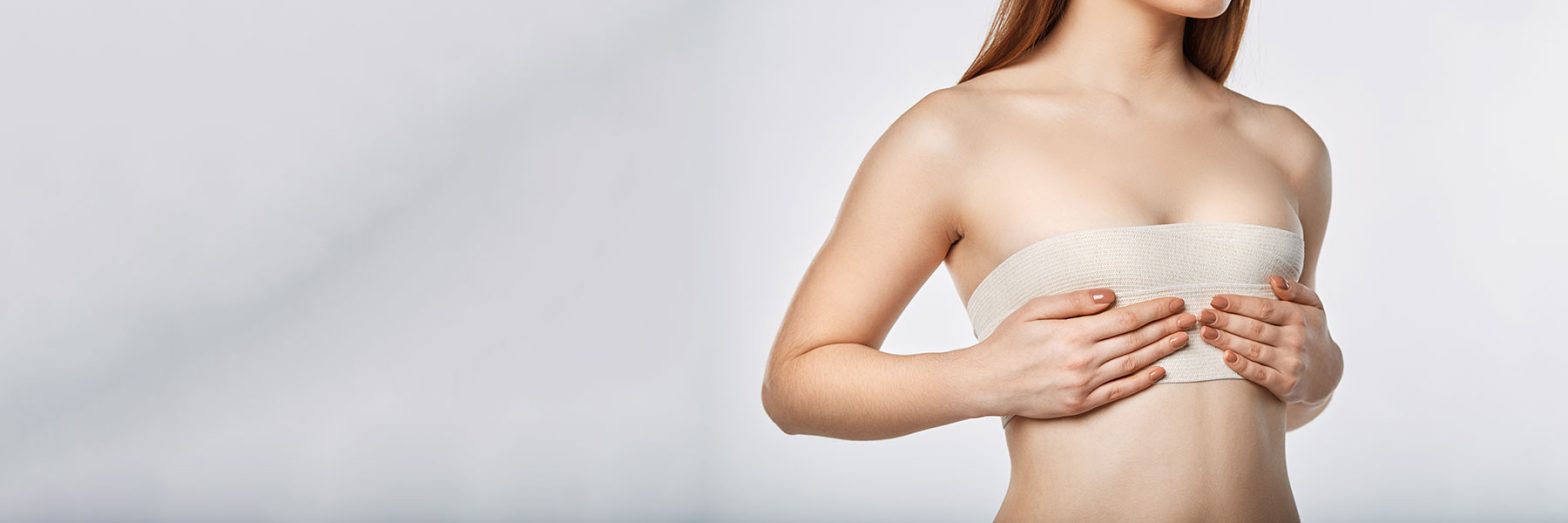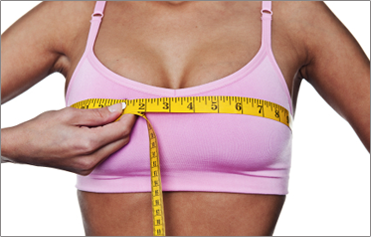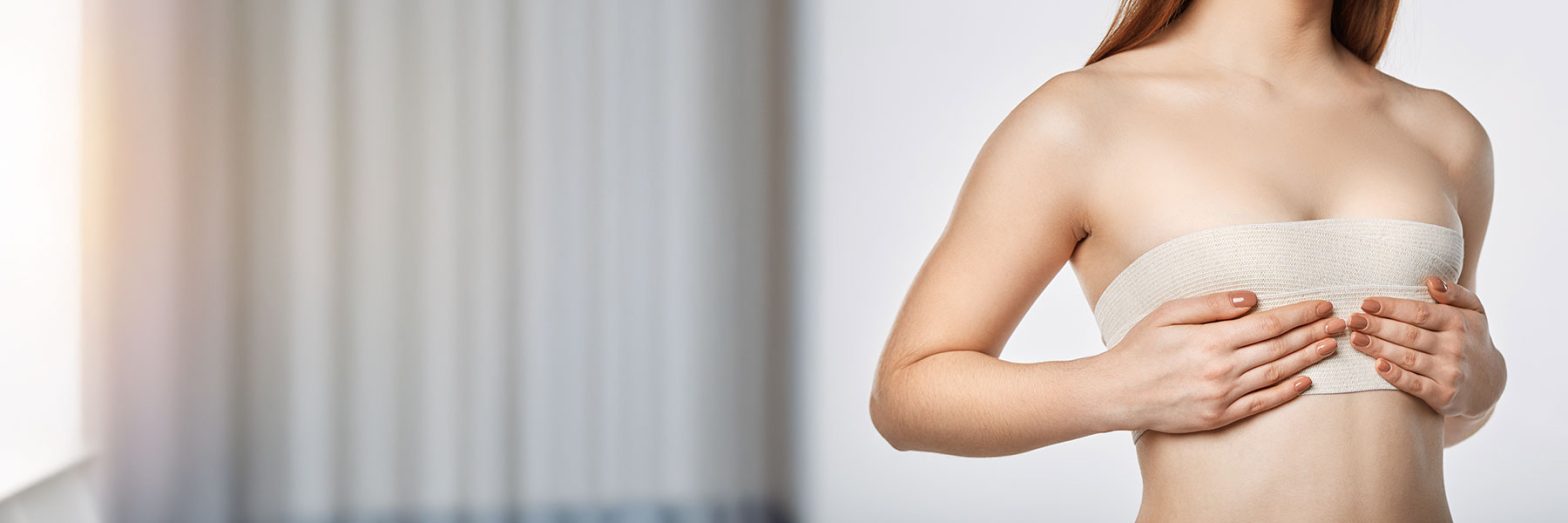
A natural boob job? Surgical implants vs. fat transfer breast enlargement – the debate explained
Increasing numbers of women have been looking to fat transfer instead of surgical implants for that added lift. The desire for natural-looking (and feeling), smoother results have been cited to explain why some women are opting for this alternative breast enlargement procedure. Surgical implants yield very different results to fat transfer methods so we wanted to give you information to help you better understand the differences.

The Pros and Cons of Breast Implants
Implants are certainly useful and the fat transfer method is not going to replace them. Silicone gel is FDA (US) approved and widely studied. When performed safely, using approved, high-quality products, breast implants are a great investment for many women as they can significantly boost breast size.
However, breast implants can shift, rupture and can even be seen through the thinnest parts of the skin in a few patients. Breast implants do also have a recommended lifespan with many patients requiring their implants to be removed or replaced after a certain period of time.
The Pros and Cons of Breast Fat Transfer
The Breast Fat Transfer procedure is known as a more natural breast enlargement procedure. The procedure uses the patient’s own fat which is taken from one area of the body, often the abdomen or thighs, and placed into the breasts. The procedure is overall a lot less invasive but does still require a period of recovery.
The downside to Breast Fat Transfer procedures is that the change in breast size following the procedure is often not hugely significant. Most patients can expect to achieve 1 to 1-and-a-half cup size increase. 40% of the fat transferred is also usually naturally absorbed by the body. The fat transferred will also act the same as all types of fat in the body, so if you were to lose weight – you are likely to see a change in your breast size too.
How long does a Breast Fat Transfer procedure or Breast Enlargement Surgery last?
Fat transfer methods have been criticised for their temporary effect. This is unfair as overall it is a very useful procedure for many.
In reality, both procedures are temporary, but in different ways. Breast implants may need to be replaced or removed altogether after 10-15 years.
Fat transfer, overall can last just as long, provided that you maintain your weight.
What is the downtime for Breast Fat Transfer procedure vs Breast Enlargement Surgery last?
Overall, we say to allow 1-2 weeks before returning to the majority of your everyday activities such as work following breast enlargement surgery.
Breast Fat Transfer also has a recommendation for 1-2 weeks. This is because whilst the transfer of fat into the breast is a much less invasive procedure. To get the fat to be transferred, you will have to have a liposuction procedure which can take a little longer to recover fully from. Swelling and bruising is common following a liposuction procedure and can take up to 3 weeks to settle.
In both cases, 6 weeks is recommended before returning to extensive exercise and heavy lifting. Our expert consultant plastic surgeons will be able to provide more information on what to expect following your procedure.
Breast Enlargement at The Private Clinic
As we are able to offer both procedures at our clinics in London and Birmingham. We are in a good position to advise which procedure might work best for you.
- The Private Clinic has been treating patients for over 40 years with thousands of women placing their trust in us each year.
- Top UK specialised best breast surgeons with decades of experience.
- Dedicated care with your expert breast surgeon and nurses, and a 24 hour help line.
- We have state of the art hospital facilities.
- All breast options are discussed not just one type of procedure or implant.
- 5 Star Trustpilot Rating
Helpful Links
- View our Breast Enlargement before and after results
- Watch our Breast Enlargement Patient Journey video series
- Find out more about Breast Enlargement in our informative blogs
To find out more about fat transfer procedures, call 03339209135 to book a consultation or use our online contact form.







